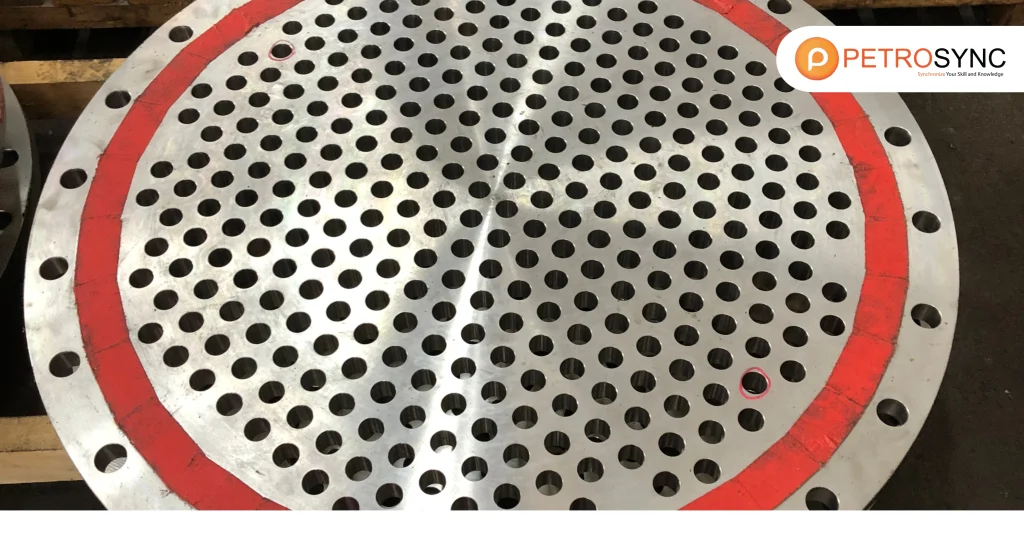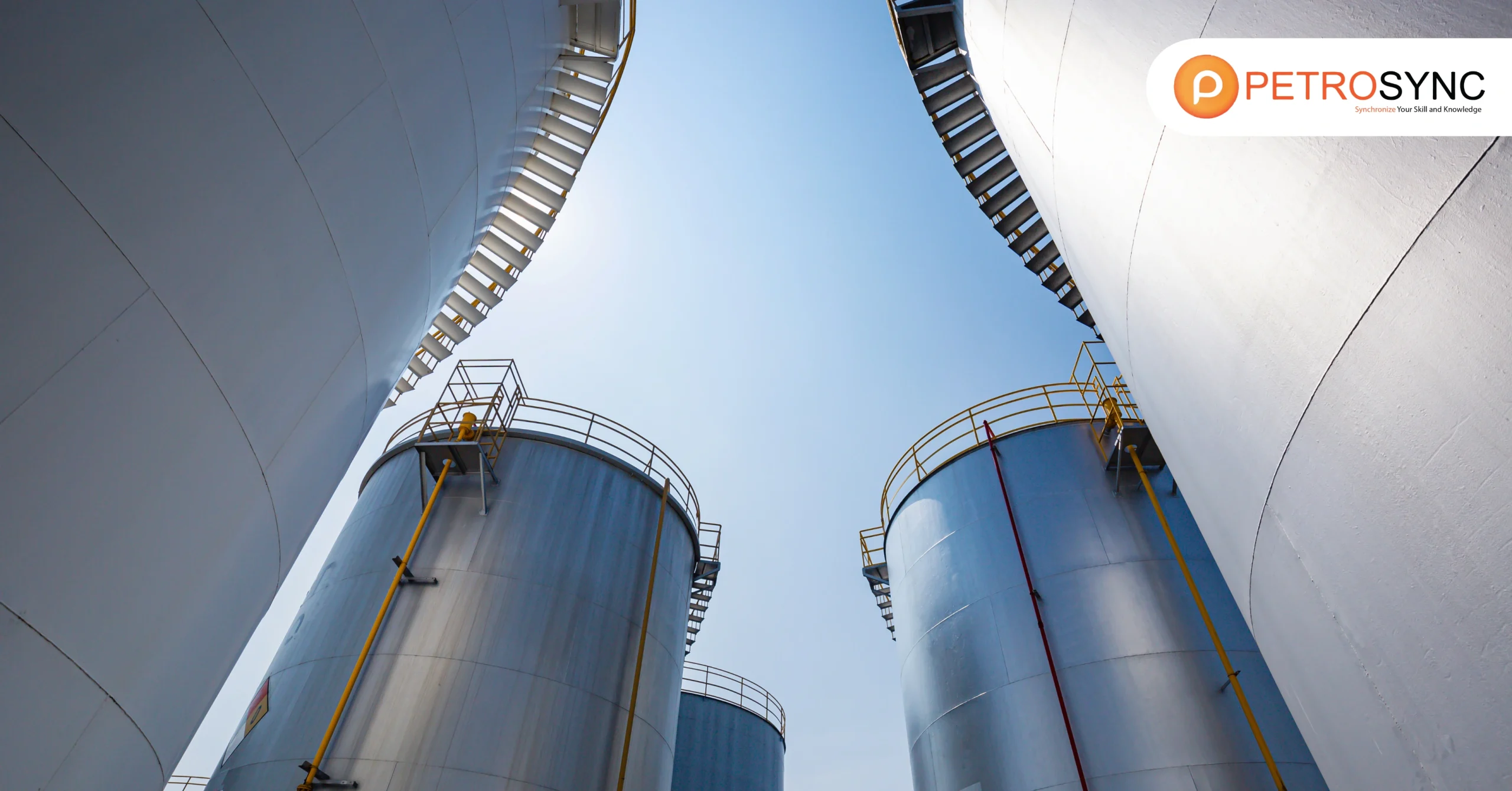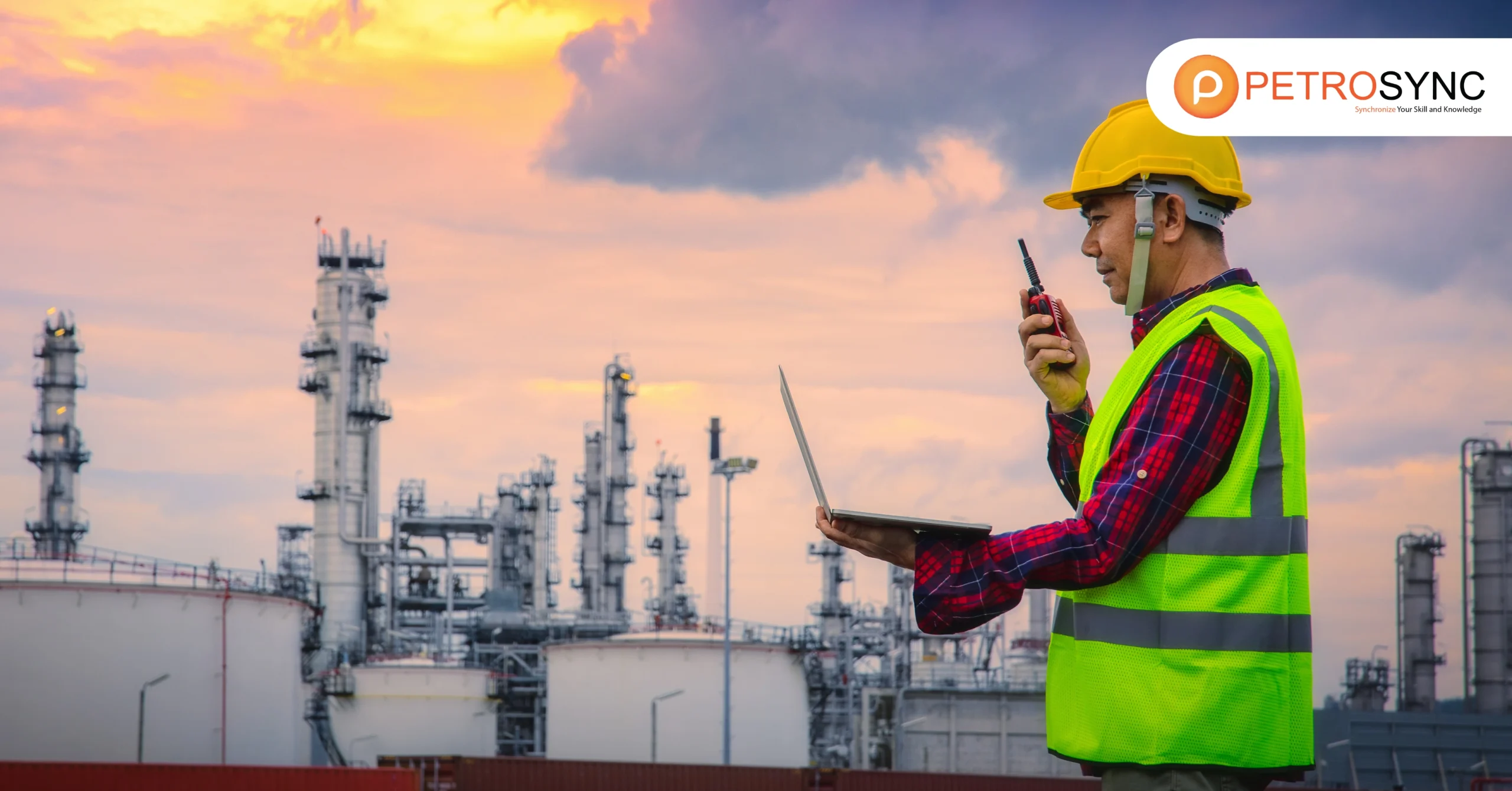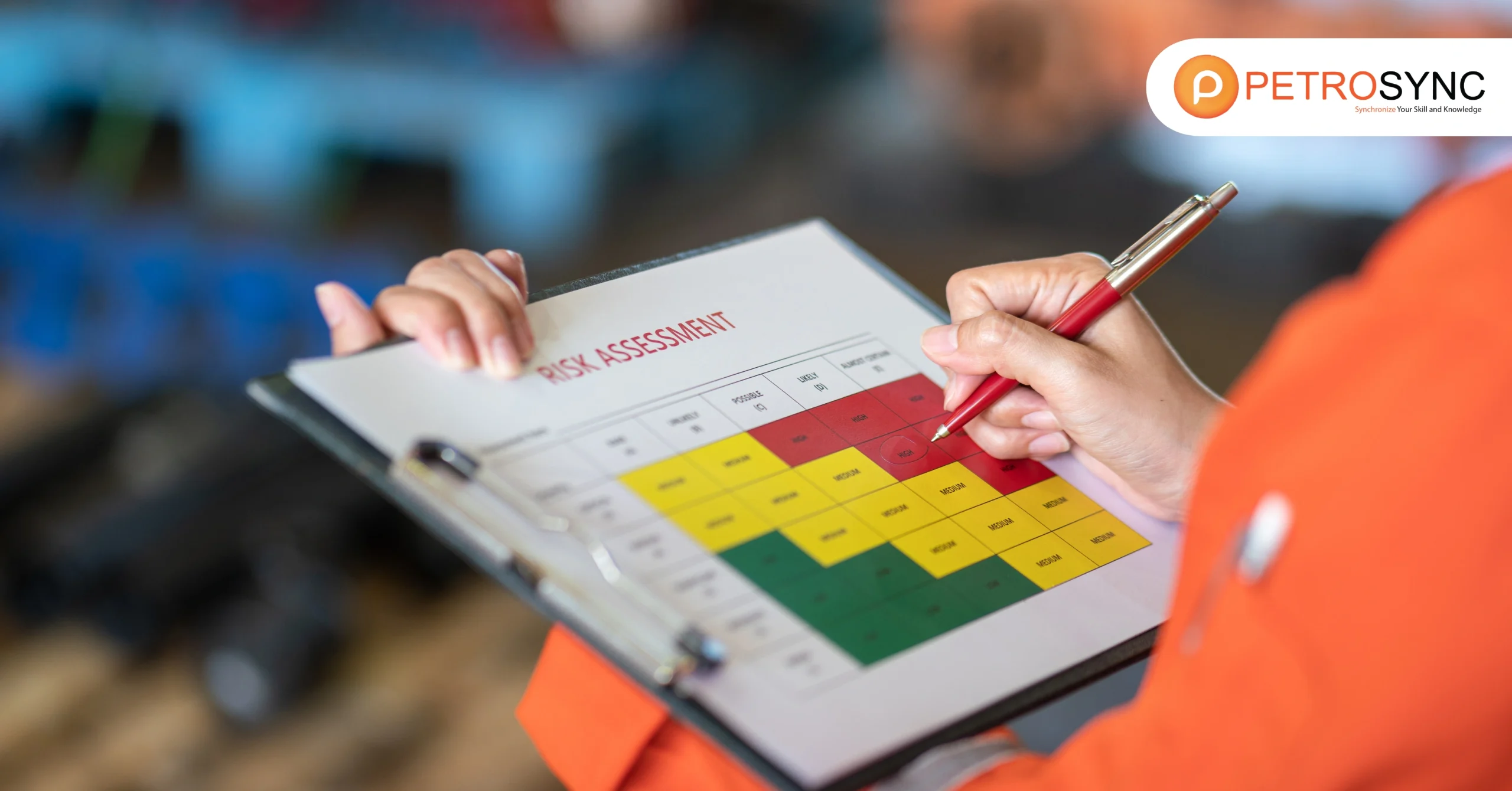The energy industry relies heavily on pressure vessels to store and transport various types of fluids and gases, and the safe and reliable operation of these vessels is crucial to the overall safety and efficiency of the operation activity. ASME is an essential code for pressure vessel design and construction in various industries making it become one of the widely used ASME standards.
In this article, we will dig deeper into the fundamentals, the difference between ASME Section VIII division 1 and ASME Section VIII division 2 as well as the advantages of complying with this standard.
What is ASME Section VIII?

ASME Section VIII is a widely recognized industry standard providing guidelines for pressure vessel constructions, including tanks, boilers, and heat exchangers. Regulated by ASME, this code provides guidelines for safe operation at different pressure and temperature conditions.
Section VIII code also modulates design and fabrication standards, testing procedures, and inspection methods to ensure that pressure vessels are reliable for various industries such as chemical, oil and gas, and pharmaceutical. Compliance with Section VIII is often mandatory for companies operating in the mentioned sectors as it prevents safety risks and legal liabilities.
Related to Section VIII, there is API 579 that provides guidelines for fitness-for-service assessments for equipment and piping. It is related to Section VIII as it provides a methodology for assessing the integrity of pressure vessels and other equipment.
What Is ASME Section VIII Division 1?
ASME Division 1 outlines mandatory and non-mandatory appendices that provide supplementary design criteria, non-destructive examination methods, and inspection acceptance standards for pressure vessels. Division 1 includes rules that apply to the use of single ASME certification marks with U, UV, and UM designators.
What Is ASME Section VIII Division 2?

Section VIII Division 2 focuses on the rules for design, materials, and non-destructive examination techniques for pressure vessels. Division 2 allows for higher stress intensity values but with a far more rigorous set of standards compared to Division 1. Thus, these rules can be applied to human occupancy pressure vessels (primarily in the diving industry).
What Is ASME Section VIII Division 3?
Section VIII Division 3 is a specific part of the Boiler and Pressure Vessel Code. It’s focused on the design and construction of high-pressure vessels used in industries like oil and gas, chemical processing, and power generation.
Unlike other divisions of Section VIII, Division 3 is tailored for vessels subject to internal or external pressures exceeding those covered by Division 1 or Division 2. Division 3 provides guidelines for designing vessels capable of withstanding extremely high pressures and temperatures, ensuring safety and reliability in critical industrial applications.
What Are The Differences Between ASME Section VIII Div 1 and 2?
| Parameter | ASME Section VIII Div 1 | ASME Section VIII Div 2 |
| Scope and Applicability | Section 1 applies to the design and construction of pressure vessels with a maximum allowable working pressure (MAWP) above 15 psi | ASME VIII Section 2 applies to pressure vessels with a MAWP of 15,000 psi or less. |
| Design and Testing Requirements | Section 1 has less rigorous design requirements compared to Section 2, as it relies more on established design practices and standard formulae. | Section 2 has more detailed design requirements and stress analysis methods, including the use of finite element analysis (FEA) for more complex designs. Section 2 also has more stringent testing requirements, including additional non-destructive examination (NDE) methods. |
| Material Requirements | Section 1 allows for a broader range of materials than Section 2. Section 1 permits the use of materials such as cast iron and ductile iron | Section 2 allows for the use of thinner materials, which can result in cost savings. |
| Quality Control and Assurance | ASME VIII Section 1 has less stringent requirements for quality control and assurance. | Section 2 requires more frequent and extensive inspections during fabrication and testing, as well as more comprehensive documentation of the fabrication process. |
| Cost | The cost may be higher due to the usage of thicker materials and fabrications | The cost may be higher due to more detailed design requirements and more rigorous testing requirements |
What Are The Advantages of ASME Section VIII?
ASME Division VIII benefits users, designers, and manufacturers the most. It provides detailed requirements for pressure vessel design, fabrication, erection, testing, assembly, inspection, and certification that bring several advantages, such as:
1. Safety Prioritization
This code is widely accepted as the standard for pressure vessel design and fabrication. Using Section VIII ensures the vessel meets regulatory requirements. This includes the capability to withstand the intended operating conditions.
2. Quality Assurance
Quality assurance that modulates materials, fabrication process, and quality control measures. validates how a vessel is of a high quality that meets design criteria.
3. Cost Effective
Following Section VIII can prevent any expensive testing and design modifications. It also reduces the risk of accidents or equipment.
To sum up, the usage of Section VIII leads to standardized pressure vessels with a reliable approach to designing, building, and testing. Not just safe, compliant, and of high quality, the pressure vessels can be flexible in design to meet specific needs.
Join PetroSync Training: Master ASME Section VIII Standards
Enrolling in ASME Section VIII Division 1 & 2 Pressure Vessel training course can help individuals understand and comply with the standard, reducing the risk of accidents and failures. PetroSync provides ASME Section VIII training covering both the stated and implied requirements of the codes, as well as the mechanics of implementing the code rules and design formulas for various design conditions and services.
We craft our 5 days training to equip participants with the comprehensive knowledge and practical skills required for designing, fabricating, testing new vessels, and evaluating the durability of the existing ones. The ASME VIII Division 1 & 2 training will also employ numerous case studies to illustrate how to implement code regulations. Enroll now and advance your knowledge of pressure vessels with PetroSync!

Results-oriented and thorough SEO specialist with extensive experience in conducting keyword research, developing and implementing digital website promotion strategies and plans, managing campaigns to develop company websites in the digital world, excellent knowledge of marketing techniques and principles, and attentive strong attention to detail.







